by Philip Wu, CMT
At AbleWayTech, our Owl Bundle User Group (OBUG) brings together traders seeking to sharpen their skills and diversify their strategies. Our members follow Dr. Ken Long's trading methodologies and techniques. In our recent session, we conducted an in-depth correlation analysis to determine how to best achieve a smoother equity curve and minimize drawdowns through the use of non-correlated trading systems. Here, we share some key findings.
Why Correlation Matters in Trading Portfolios
Building a successful trading portfolio isn't just about finding the "best" strategy—it's about balancing multiple strategies to reduce overall risk. Correlation analysis helps us understand the relationships between different trading systems, which in turn allows us to strategically diversify.
In a well-diversified, non-correlated portfolio:
Performance is Additive: Each system contributes positively, without being influenced by the performance of other systems.
Drawdowns Are Mitigated: Since non-correlated systems are less likely to experience drawdowns simultaneously, the overall impact on the portfolio is reduced, resulting in a smoother equity curve.
However, a key takeaway is that even non-correlated strategies can see increased correlation during extreme market events—like the 2008 financial crisis or the COVID crash—requiring appropriate mitigation steps to reduce risk.
Our Step-by-Step Correlation Analysis
Here's how our correlation study at OBUG was conducted:
Backtesting Strategies Across Timeframes and Market Volatility Conditions
We used EdgeRater to backtest various trading systems over long-term, mid-term, and short-term periods, and under different market conditions—high, moderate, and low volatility. This allowed us to assess how correlations change based on market dynamics.Identifying Low-Correlation Strategies for Portfolio Inclusion
We used Excel to conduct the correlation analysis. Systems that showed consistently low correlations across different timeframes and volatility conditions were flagged as ideal candidates for a diversified portfolio. By including systems that do not move in tandem, we aim to reduce drawdowns and achieve stable returns.Practical Examples for Traders
The swing systems we analyzed are based on Dr. Ken Long's Swing Systems, including strategies like ORLONG, CH, 5DD, MPRC, and WO. Some systems, like ORLONG and CH, were found to be highly correlated, while others like ORSHORT and WO consistently displayed low correlations, making them great candidates for reducing concentrated risk.
Key Insights for Your Portfolio
Diversify by Selecting Low-Correlation Strategies
Systems such as ORSHORT and WO stood out for their consistent low correlation, even during different volatility conditions. Including these systems can significantly enhance diversification, making your trading portfolio more resilient.Manage Allocations Between Highly Correlated Strategies
For systems that show high correlations—like ORLONG and CH—it is crucial to split allocations if both trigger simultaneously, or consider choosing just one. This approach prevents overexposure to a single market condition that could impact both strategies.Use AF (Reward to Risk Ratio) for Symbol Prioritization
For traders who encounter multiple symbols meeting entry conditions, the AF value provides a useful metric to prioritize trades. This helps in selecting trades with the highest potential for risk-adjusted returns.
Refined Trading Process
Based on our correlation studies, we've adapted our process as follows to trade the Swing Systems more effectively:
Step 1: Assess Market Condition
Determine the current market environment to guide strategy selection.Step 2: Identify Suitable Strategies for Current Market Condition
Based on market condition, select appropriate strategies (e.g., 5DD, MPRC, AF, CH, ORLONG, 551W, TS for Bull Normal).Step 3: Avoid Symbols with Earnings Soon
Eliminate symbols with upcoming earnings to avoid unnecessary risk.Step 4: Identify Rules Triggered
Note which rules are triggered for each symbol, prioritizing those with multiple systems triggered, as they offer higher conviction trades.Step 5: Prioritize Symbols Using AF > 2
Rank symbols with AF (Reward to Risk) greater than 2, focusing on higher reward-to-risk ratios to optimize returns.Step 6: Apply Additional Filters to Improve Trade Quality
Use additional metrics (like Health of Trend, Z-score slope) to validate and further refine selected trades – to improve win rates.Step 7: Allocate Funds Considering Correlations
Allocate funds while considering correlations between systems; split allocations if correlated strategies are triggered simultaneously to minimize exposure.
Benefits of Joining OBUG
Our user group isn't just about analyzing data; it's about practical application. By participating in our weekly sessions, we will learn together on understanding the trading edges of different systems and jointly review the market conditions for the week ahead. The OBUG meetings are a collaborative space where members share insights and improve each other's trading strategies. If you're looking for a group dedicated to understanding the edges of trading systems, we'd be happy to have you join us.
Ready to take the next step? Join our weekly meetings and be part of a community of traders following Dr. Ken Long's trading methodologies and systems. For more information and enrollment please use this LINK.

